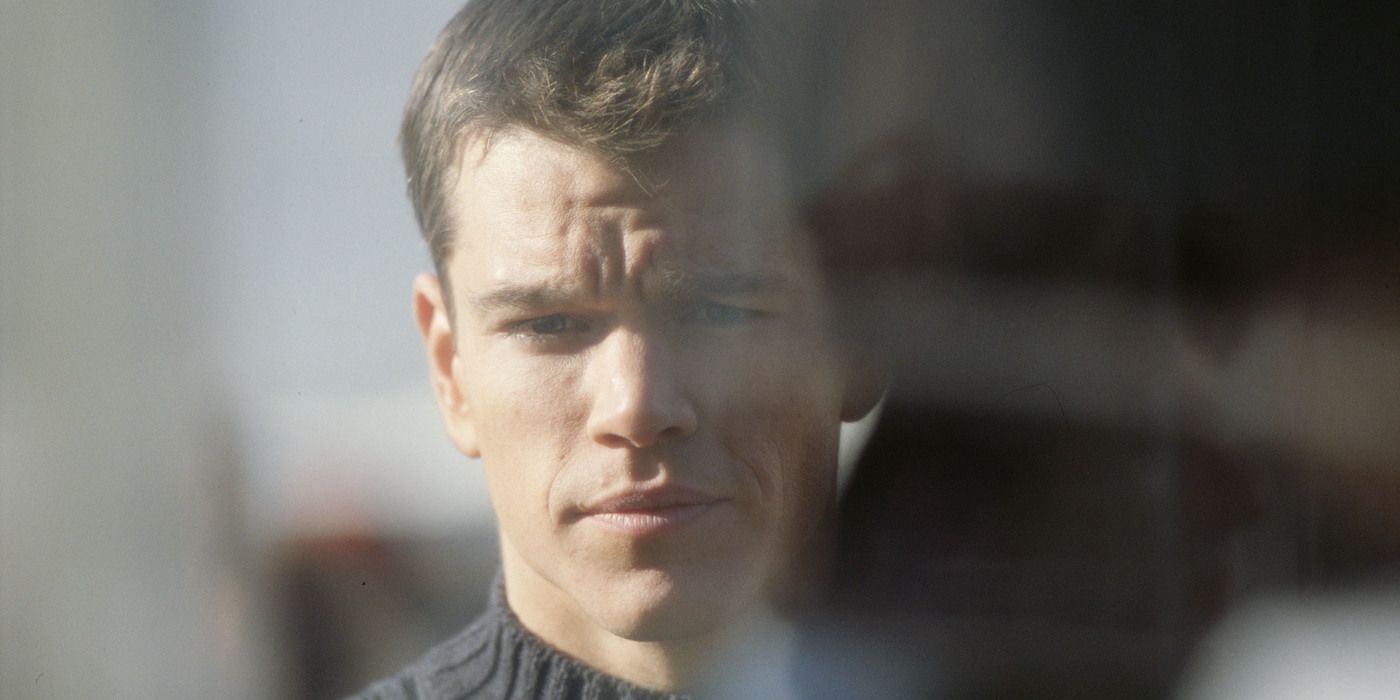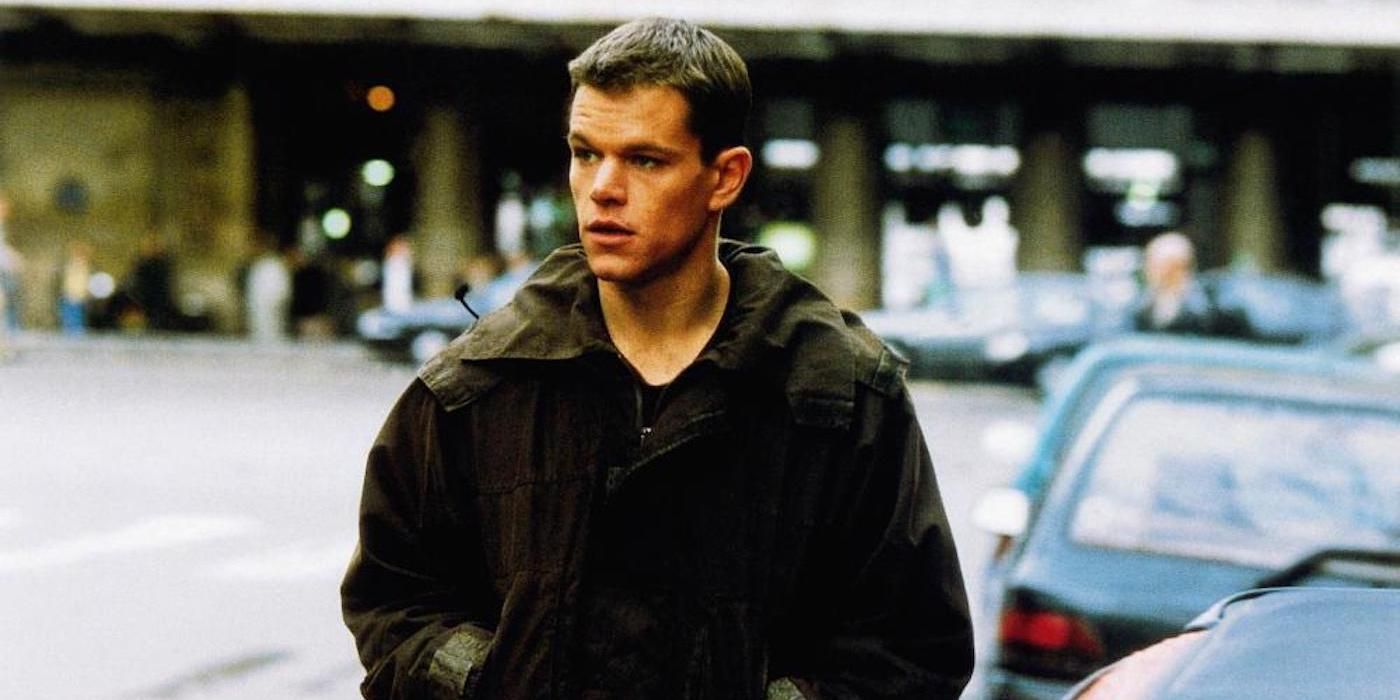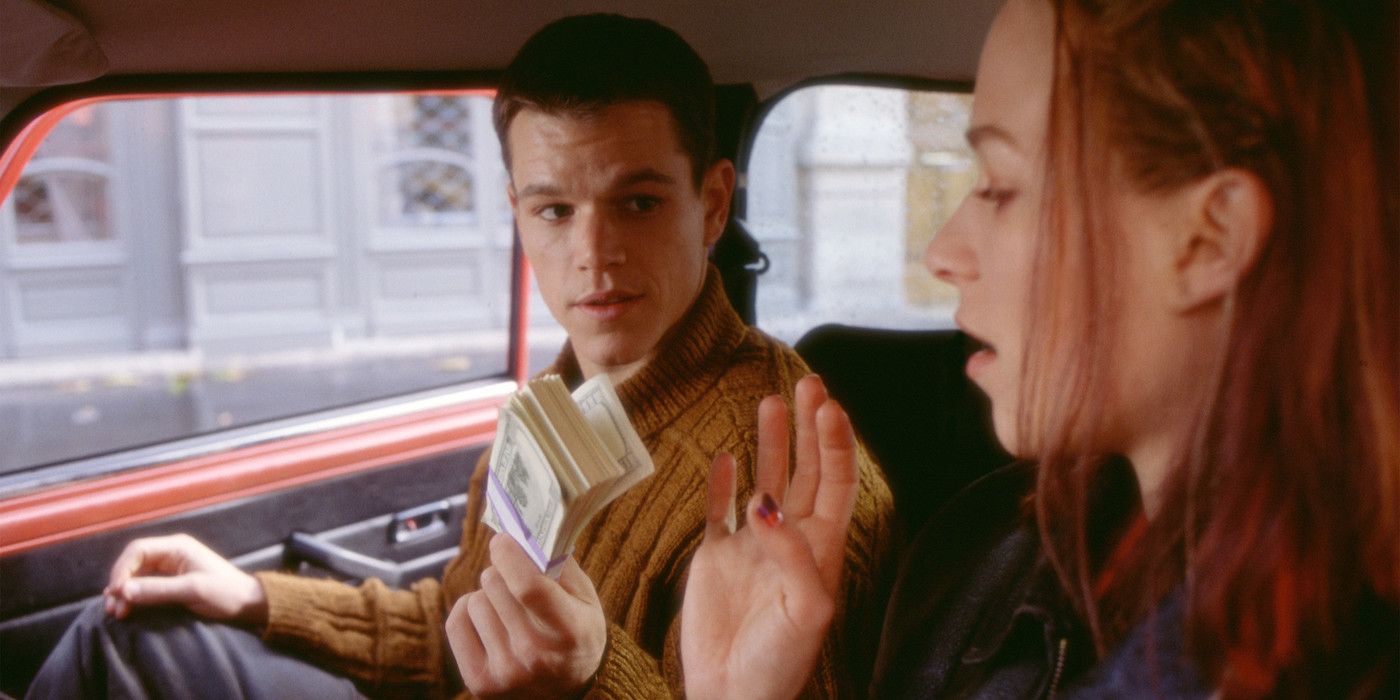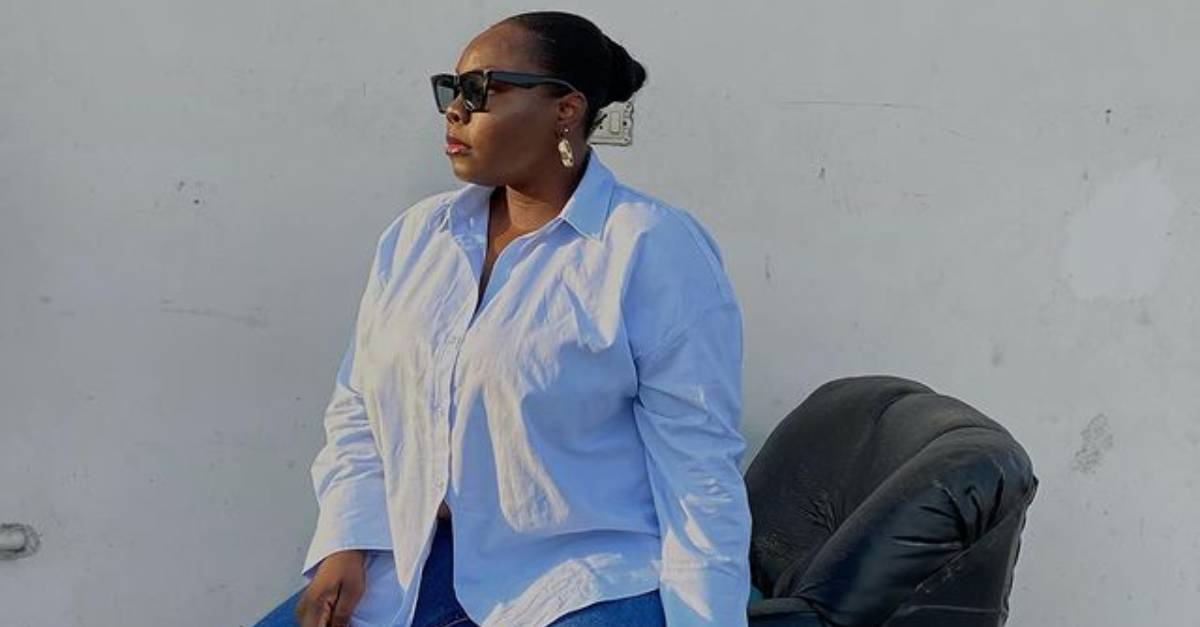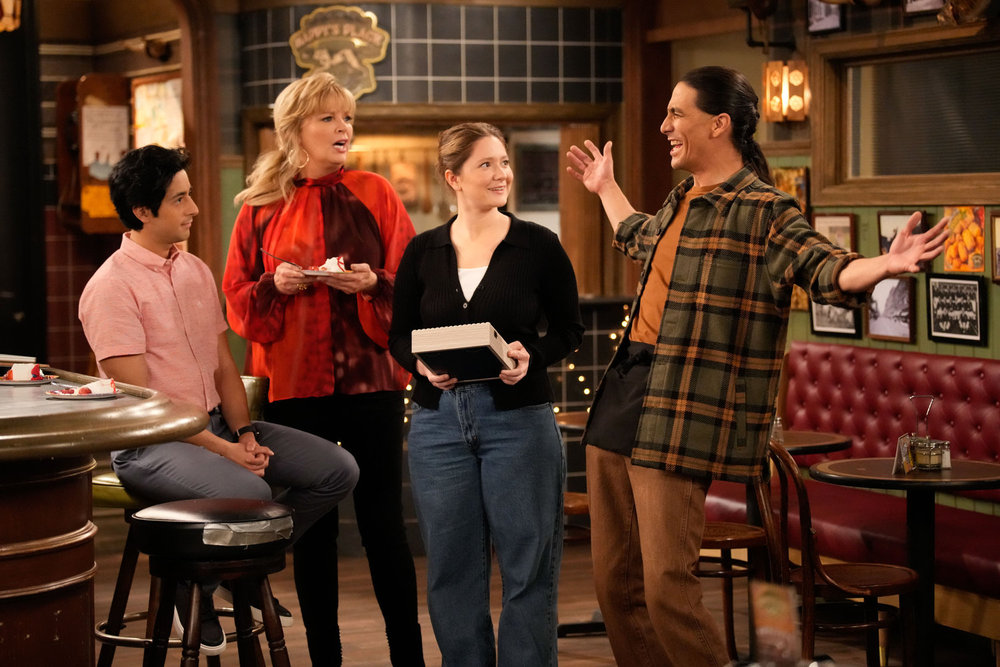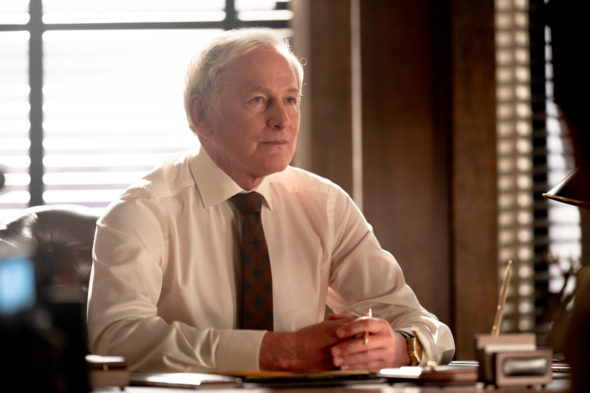Twenty years ago, director Doug Liman, screenwriter Tony Gilroy and an upstart Matt Damon came together to make a spy action film based on a popular novel series; little did they know that The Bourne Identity would revitalize a dormant genre and influence action films for years to come. The action genre was going through a transition in 2002, having steadily moved away from the muscle-bound Sylvester Stallone and Arnold Schwarzenegger led action films but still seven years away from Robert Downey Jr. and the rest of the Marvel universe taking over the world. Bringing The Bourne Identity to the big screen was always a passion project for Liman, but casting Damon in the lead role of Jason Bourne was risk.
Damon was a young actor who was known for his dramatic roles in Rounders, The Talented Mr. Ripley and of course Good Will Hunting. Damon surprised many with his comedic talents playing Linus Caldwell in the star-studded Ocean’s Eleven but taking on the role of an action star seemed way out of his lane. Damon’s boy next door looks and charm made him the perfect leading man, but action stars were supposed to look intimidating and the Bourne character was a highly trained fighter. The casting seemed completely out of place yet became one of Damon’s signature roles and created a new breed of action hero that is still a part of today’s film world.
In hindsight, the casting of Damon in the title role made perfect sense. His ability to convey the characters intelligence all the while bringing a new dimension to action hero role was something only an actor as talented as Damon could provide. The Jason Bourne character was developed as someone who would be able to out-think his opponent before fighting them and this gets developed throughout the film early sequences leading to its action climax. During the park bench scene, the audience is as surprised as Bourne is that he has the ability to fight the way he does, sending two police officers to the hospital. Liman and Damon worked together to create action scenes that relied on rapid movements that were highly organized – where a pen would literally be mightier than a sword.
One of the lasting features of The Bourne Identity was how the action scenes were filmed. Previously, action films were known for their wide-angle shots with the viewer able to see the scene in its entirety. The audience was looked at as a spectator from afar, watching the battle take place but not feeling the battle. This is where Liman and company come into play. The Bourne Identity moves away from this big picture viewpoint and switches to quicker cuts, rapid edits and closeups of the action to make the violence feel more legitimate. The camera work and filming of the action would become known as the “shaky cam” technique and under future Bourne director Paul Greengrass it would get pushed to its extreme. The Liman style and technique of intensely focusing on the action became the standard for genre films moving forward including the James Bond and John Wick series. In fact, one of the more interesting aspects of Liman’s film style on the movie was the fact he kept his camera operators out of rehearsals, so they became a part of the natural feel of the movie.
The casting and camera work of The Bourne Identity was crucial to the film’s success, but it was the unique take on the spy character and the fight choreography that created the Bourne legacy. One of the things that stands out about Jason Bourne is his ability to think before he acts. Damon plays Bourne as someone who is searching for his place in the world while also being completely sure of what his training taught him. Many people call Bourne the thinking-man’s action hero, because his physical stature plays second fiddle to his ability to read a situation and react in the correct manner. There is some truth to that label because even though Bourne is literally a walking weapon, the danger comes from what he can do with his mind as opposed to always being looked at as a threat. Liman and Damon work together to create a Bourne character who is capable to taking out a group of marines by himself but is also very much a thinker before he is a fighter. During the bank escape scene, Bourne examines a map and registers its blueprint faster than he can throw a punch, creating a hyper intelligent action icon. This portrayal affected Daniel Craig’s performance in the Bond franchise. Craig plays Bond similarly, ensuring that the audience always knows that James Bond is the smartest man in the room. Think about the poker scenes in Casino Royale, where Bond is consistently in strategic mode, outthinking his opponents at the table while playing the long game as a spy.
The legacy of the original Bourne movie will always be how the action scenes affected future action and spy thrillers. The film’s revolutionary fight choreography starts with how Damon trained for the film, focusing on kali and krav maga martial arts disciplines that focus on using the aggressor’s energy against them, while conserving your own. This new way of developing an action scene was something American audiences were not used to, and it changed the way movies would be made in the future. The most prominent example of this is the apartment fight between Jason Bourne and the assassin sent to kill him, Castel (Nicky Naude). The fight is the epitome of hand-to-hand combat that focuses on the practical use of space and common things you might find in an apartment. There is a rawness to the fight that jumps out to the viewer, almost as if we are in the same room. Again, it’s the Bond franchise that borrows this idea for the apartment fight scene in Quantum of Solace. It wasn’t just the Bond films that moved towards this fighting style, but also the Taken film series starring Liam Neeson, which aided in making the fight scenes more believable considering Neeson’s age and reputation as a dramatic actor. The Mission Impossible film series would also feature a close quartered fight scene in a bathroom involving Tom Cruise and Henry Cavill’s characters. The Bourne Identity set out to create a different kind of hero, and did so, while also creating a new style of fighting on the big screen.
While Liman and Damon should get a lot of credit for their vision of the character, it was the stunt people on set that were the true heroes. Nick Powell, Jeff Imada and Damon Caro have become three of the most prominent and influential stunt choreographers in Hollywood, and all three of them worked on the first Bourne movie, helping to create its distinct fight feel. Powell was the second unit director on set and directed the stair sequence at the end of the film and the car chase scene that is known for its realism. Imada and Caro worked helped train Damon and would go on to work on many of the DC films directed by Zack Snyder. Imada’s influence on the spy genre continues with this summer’s Bullet Train staring Brad Pitt.
The close combat fight scenes where the surroundings become part of the violence is now an expectation of the spy thriller, but in 2002, this motif was a revolutionary idea created by The Bourne Identity team.
























































![Social Media Spring Cleaning [Infographic] Social Media Spring Cleaning [Infographic]](https://imgproxy.divecdn.com/9e7sW3TubFHM00yvXe5zvvbhAVriJiGqS8xmVFLPC6s/g:ce/rs:fit:770:435/Z3M6Ly9kaXZlc2l0ZS1zdG9yYWdlL2RpdmVpbWFnZS9zb2NpYWxfc3ByaW5nX2NsZWFuaW5nMi5wbmc=.webp)
![5 Ways to Improve Your LinkedIn Marketing Efforts in 2025 [Infographic] 5 Ways to Improve Your LinkedIn Marketing Efforts in 2025 [Infographic]](https://imgproxy.divecdn.com/Hv-m77iIkXSAtB3IEwA3XAuouMwkZApIeDGDnLy5Yhs/g:ce/rs:fit:770:435/Z3M6Ly9kaXZlc2l0ZS1zdG9yYWdlL2RpdmVpbWFnZS9saW5rZWRpbl9zdHJhdGVneV9pbmZvMi5wbmc=.webp)



